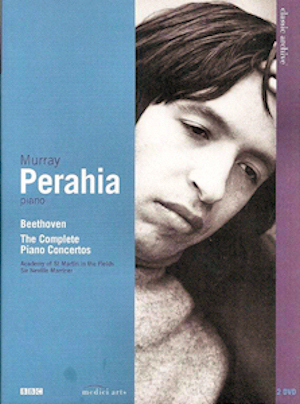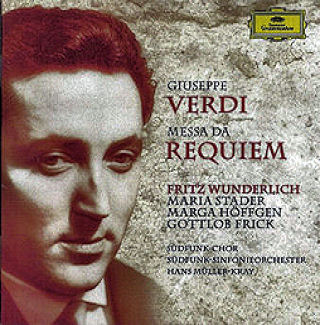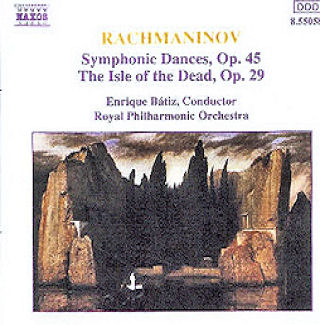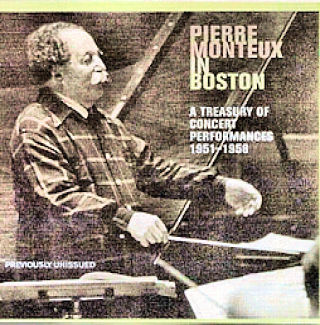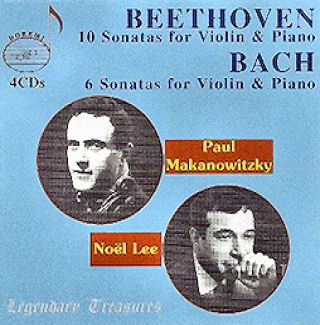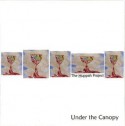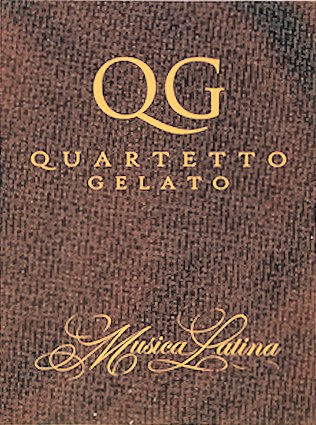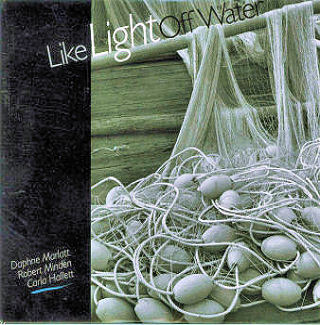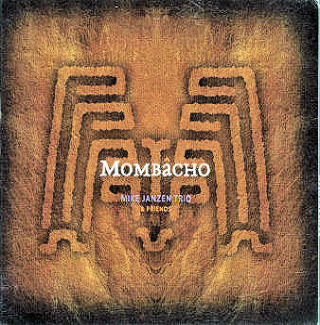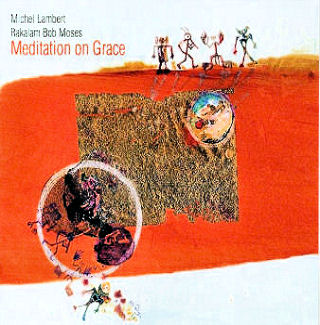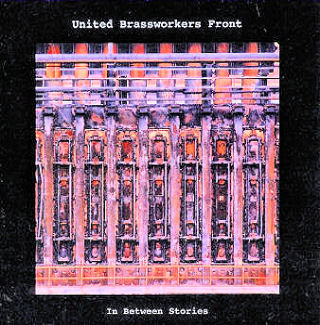JAZZ AND IMPROVIZED: June 09
Toronto Jazz Orchestra
Independent TJO003 (www.thetjo.com)
The Toronto Jazz Orchestra’s third release coincides with the 10th anniversary of its existence. Founding Artistic Director and Conductor Josh Grossman’s baby initially began as a rehearsal band of friends and peers from U of T, Humber College and York University; the grown TJO has gone on to perform with numerous high-profile jazz artists including Phil Nimmons, Seamus Blake and Kurt Elling. While they have performed various tributes to big band heroes of American yesteryear, a great deal of the Canadian big band’s appeal lies in its decidedly modern arrangements, compositions and interpretations. One such example is the funky, futuristic Cereal Blocks by Finnish composer Johan Pyykkö; otherwise, “The Path” abounds with mostly home-grown compositions. The meticulously scored i love you on the microphone by Montreal-based composer Moiya Callahan is an intriguing, challenging commission.
Another outstanding track is The Call, an inspired composition by David Braid arranged by Andrew Jones. Grossman contributes three of his own, including the adventuresome title track, the sparkling Chazz and the comical TJO. The director’s intelligent arrangements of Amazing Grace and Vince Mendoza’s Esperanto are commendable for balancing freshness and accessibility; the latter is one of two tracks featuring immensely talented vocalist, Sophia Perlman. There are more than a few memorable solos, including wonderful reed work by Mark Laver and Terry Quinney and pianist Ali Berkok. The eighteen-piece ensemble breathes as one throughout. All in all, the Toronto Jazz Orchestra is on an admirable path.
Ori Dagan
Mihály Borbély Quartet
Budapest Music Center Records BMC CD 155 (www.bmcrecords.hu)
Perhaps only Hungarians can capture the nuances implicit in the compositions of their countryman Zoltán Kodály (1882-1967). At least Budapest-based multi-reedist Mihály Borbély demonstrates that on this CD where he integrates Kodály’s themes with his own jazz compositions. Borbély, who also plays in the Magyar folk tradition that influenced Kodály, doesn’t imitate the composer. Instead the quintet which plays his themes extends the folkloric style while staying within the parameters of improvised music.
For instance, Balázs Kántor’s reading of Kodály’s Sonata for Solo Cello with double-stopping plucks and Roma romanticism foreshadows the contrapuntal Borbély composition which follows it. Tilinkós, Kodály’s own, features the reedman’s buoyant and lyrical soloing on tilinkós or shepherd’s pipe mixed with tremolo slides from Kántor, tough drum beats from Istávan Baló, high-frequency modal runs from pianist Dániel Szabó, and conclusive Orientalized trills from Borbély’s saxophone – which recall that the Turks ruled Hungary for centuries.
Similarly, the dramatic equal temperament Szabó brings to his playing on Kodály’s Sonatina is as kinetic as the cascading note choruses he displays on the saxophonist’s The Shepherd of Hope. Although Baláczs Horvath’s walking bass line plus the supple tongue-fluttering and aviary chirps from Borbély’s soprano saxophone may have disconcerted Kodály, he would have appreciated the lullaby-like finale here that reflects his own work.
With the band sounding like a swinging jazz combo at times – albeit one where Borbély’s strident extensions are sometimes also expressed on tárogato – and a sympathetic chamber ensemble elsewhere, this homage to Kodály impresses with originality as well as empathy.
Orchestra; Gunther Schuller
Eagle Eye Media EE-39171-9
On June 3rd, 1989 New York’s Alice Tully Hall was the scene of a monumental tribute to the late, great Charles Mingus, who had died a decade earlier. 30 musicians, including the cream of New York’s jazz community directed by Gunther Schuller, gave the first performance of Epitaph, an 18 movement work composed over a number of years by Mingus which had never seen the light of day. Some sections, “Better Get It In Your Soul” and “Freedom” for example, are known in other versions performed by smaller groups, while some pieces were composed for a legendary disastrous concert at New York’s Town Hall in 1962. There hadn’t been a chance to rehearse it properly and the copyists were, indeed, even still copying some of the music – it wasn’t even fully ready and so eventually the concert was aborted when the union stage crew said, ‘It’s midnight, we’ve gotta stop this.’ The other pieces on this recording would seem to have been written for the full orchestra.
It can certainly be described as Mingus’ magnum opus and runs well over two hours. If you’re a fan this is not to be missed, but if you are not familiar with his music I would suggest that you listen to some of his albums – “Mingus Ah Um” or “Blues and Roots” - before plunging in at the deep end with this ambitious undertaking.
Composer and arranger Andrew Homzy who discovered the 500 page score, some of it in very poor condition, while cataloguing Mingus’ work, deserves a vote of thanks for his restoration of this significant aspect of the creative spirit that was Charles Mingus.
An interesting footnote is that the composition had no finale and according to Schuller he and the band improvised one, using Mingus as an inspiration.
Jim Galloway
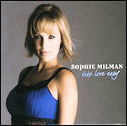 Take Love Easy
Take Love Easy
Sophie Milman
Linus 2 7010 8
(www.linusentertainment.com)
Following closely on the success of her Juno-winning “Make Someone Happy”, Russian-born Toronto resident Sophie Milman has released her third studio recording. In contrast to her previous albums that were mostly older standards, “Take Love Easy” is an inviting mix of covers by modern songwriting icons such as Joni Mitchell and Paul Simon combined with tunes by the likes of Cole Porter and Duke Ellington. Milman has a warm, sultry delivery that is best on the moody down tempo numbers while on the few faster tempo tunes that call for more precision, she gets left in the dust somewhat. But the killer band is in complete control throughout, nimbly navigating through the various styles here. The rhythm section - Paul Shrofel, keys, Rob Piltch, guitar, Kieran Overs, bass and Mark McLean, drums – swings gently on the title track, stretches out on That Is Love, then eases their way through the bossa nova-tinged My One and Only Love, with sublime accordion playing by Tom Szczesniak. The whole ensemble, including lush horns, does a gorgeous rendition of Bonnie Raitt’s I Can’t Make You Love Me.
Cathy Riches
Concert Note: Milman performs at the Montreal and Vancouver TD Canada Trust jazz fests in July.
 Gimme Whatcha Got
Gimme Whatcha Got
Terra Hazelton
Independent
(www.myspace.com/terrahazeltonandhereasyanswers)
Best-known for singing with Jeff Healey’s Jazz Wizards for 6 years, Terra Hazelton can today be found singing with Toronto bands such as The Hogtown Syncopators, The Jivebombers, and Jaymz Bee’s Royal Jelly Orchestra. Her sophomore release is a departure from the Healey-produced debut “Anybody’s Baby” which was recorded live-off-the-floor. “Gimme Whatcha Got” is a musical metamorphosis from cocoon to butterfly, a product of Hazelton’s own musical vision guided by producer/pianist John Sheard and supported by a collection of this country’s finest jazz musicians. The benevolent rhythm section features Sheard on piano, George Koller on bass, Jesse Barksdale on guitar and Mark Mariash on drums. A welcome abundance of special guests include William Sperandei on trumpet, Shawn Nykwist on tenor, Ross Wooldridge on clarinet and Danny Douglas on trombone. Chris Gale’s spine-tingling solo on Julia Lee’s Gotta Gimme Whatcha Got is the kind that beckons to be transcribed; same goes for the five tracks graced by vivacious violin virtuoso Drew Jurecka. Tasteful duets with Alex Pangman (Don’t Let Your Love Go Wrong) and Russell DeCarle (Two Sleepy People) plus a trio with Jason and Sheldon Valieau (I’m an Old Cowhand) add some spice. Hazelton’s compelling delivery captures the essence of every song, whether it’s romantic (I Like it ‘Cause I Love it), naughty (Gotta Gimme Whatcha Got), droll (Ev’rything I’ve Got Belongs to You) or tragic (Smoking My Sad Cigarette). This radiant singer has never shone brighter.
Ori Dagan
Alexander Von Schlippenbach
and his band mates
By Ken Waxman

Able to display the quirky kernel of Monk’s moods elsewhere, on Friulian Sketches (psi 08.07; www.emanemdisc.com/psi.html), Von Schlippenbach personalizes jazz chamber music, seconded by American cellist Tristan Honsinger and Italian clarinettist Daniele D’Agaro. The 20 inventions are airy and pleasant, and never do the bel canto flourishes trump innate creativity. For example on Capriccio skewed Monkian tropes give way to broken-octave chording and strummed cadenzas from the pianist – both formalist and funky. In contrast the cellist’s tremolo squeaks open up into multi-string exhibitionism, while D’Agaro’s reed quivers with lyrical currents. Moderato throughout, tunes are frequently jolted by the clarinettist’s high-pitched glissandi or liquid portamento. Take Antifonia where D’Agaro’s tones are matched by the pianist’s organic patterning plus a stop-time interlude from Honsinger. Altering their instruments’ tessitura as they play, the three keep the restrained sounds from becoming simplistic by including rhythmic plunks from cello strings and key fanning from the piano.


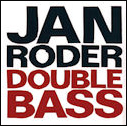
Concert Note: Each musician excels as a stylist on his own. Toronto can experience them together as Monk’s Casino at the Church of the Redeemer as part of the TD Canada Trust Toronto Jazz Festival on June 26.


 The
The 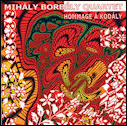
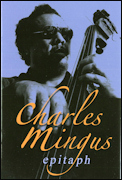 Charles
Charles 

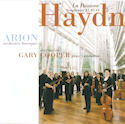
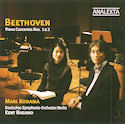
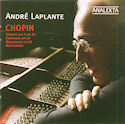

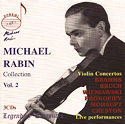

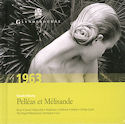
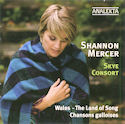
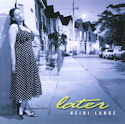

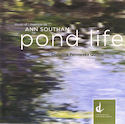

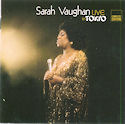
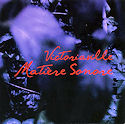


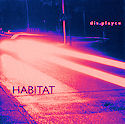
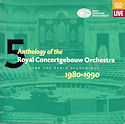
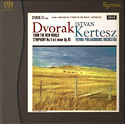
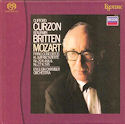
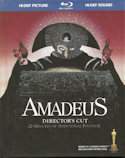

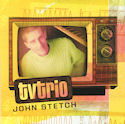
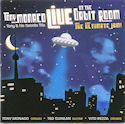
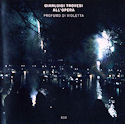
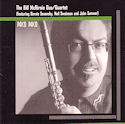
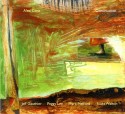
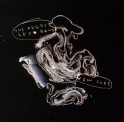
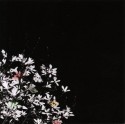
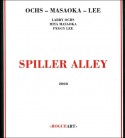



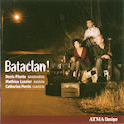
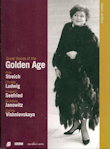
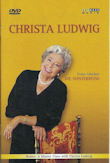

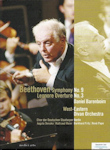
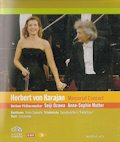

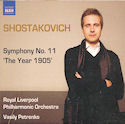

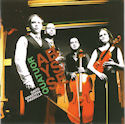

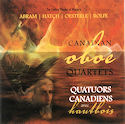

 Ouvres pour Violon et Orgue
Ouvres pour Violon et Orgue

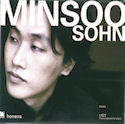
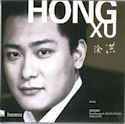

 Mendelssohn - Complete works for cello and pianoforte
Mendelssohn - Complete works for cello and pianoforte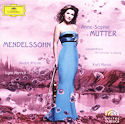 Mendelssohn - Violin Concerto;
Mendelssohn - Violin Concerto;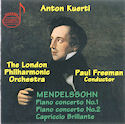 Mendelssohn - Piano Concertos
Mendelssohn - Piano Concertos